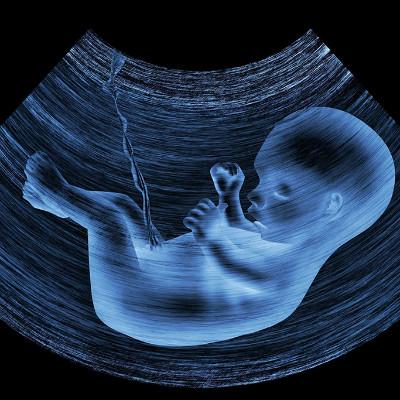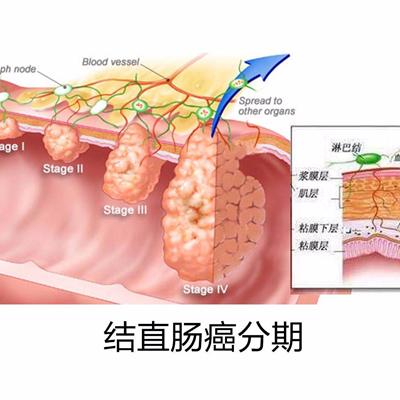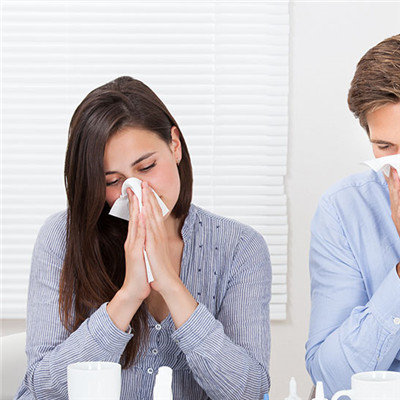Early symptoms of purpura
summary
Purpura is a disease of traditional Chinese medicine. Also known as purpura, blood spills under the skin and mucous membrane, with ecchymosis and ecchymosis, which is one of the common hemorrhagic diseases in children. Often accompanied by epistaxis, toothache, even hematemesis, hematochezia, hematuria. This disease belongs to the category of blood syndrome. The diseases recorded in ancient Chinese medicine books, such as "grape disease", "muscle rash" and "spot poison", are similar to this disease. Early symptoms of purpura? Let's talk about it
Early symptoms of purpura
Skin purpura is the first symptom in most patients. Purpura is characterized by needle to soybean sized ecchymosis, ecchymosis, urticaria like rash or pink macular papule. Purpura can fuse into patches and eventually turn brown. Generally, it subsides within 1-2 weeks without any trace.
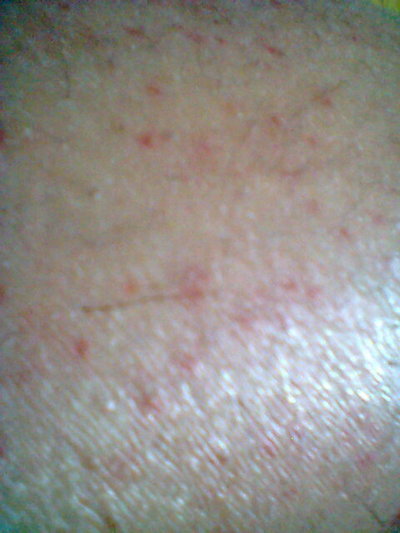
Severe cases may have blisters, blood blisters, necrosis and even ulcers. Skin rash often occurs in the weight-bearing parts, especially in the extension of limbs, especially in the lower limbs, around the ankle and buttocks. The lesions distributed symmetrically, appeared in batches, and were easy to recur. Only skin damage is also called simple purpura,
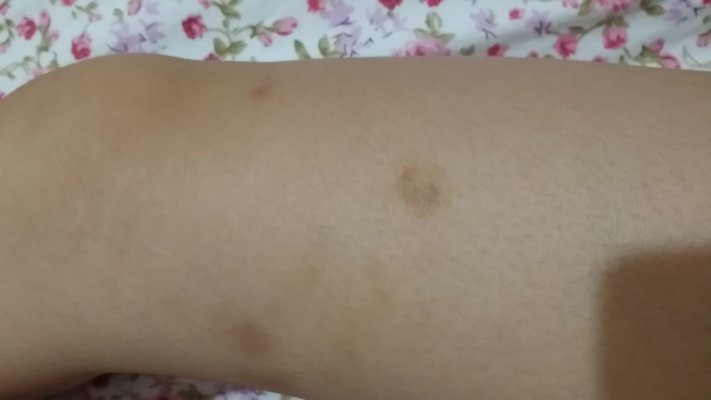
About 2 / 3 cases had gastrointestinal symptoms. It usually appears within one week of the rash. Common abdominal pain, mostly manifested as paroxysmal periumbilical pain, colic, abdominal pain can also occur in other parts of the abdomen. May have tenderness, rare rebound pain. It was accompanied by vomiting. About half of the children had positive occult blood in their stools, some of them had bloody stools, and even hematemesis. If abdominal pain occurs before skin symptoms, it is easy to be misdiagnosed as surgical acute abdomen, or even misoperation. A small number of children can be complicated with intussusception, intestinal obstruction, intestinal perforation and hemorrhagic enteritis. Accompanied by abdominal pain, diarrhea, hematochezia, and even gastrointestinal bleeding, also known as gastrointestinal purpura.
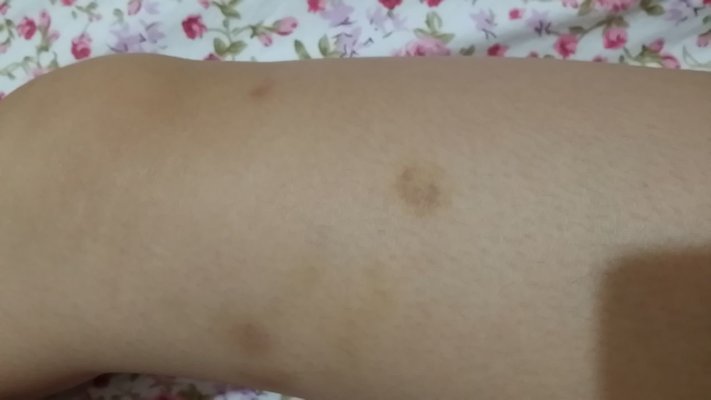
matters needing attention
1. In the acute stage or when there is a large amount of bleeding, stay in bed, limit the children's activities, and eliminate their fear and tension. 2. Avoid the collision of fall and fall, so as to avoid bleeding. 3. When the platelet count is lower than 9 times / L of 20X10, we should closely observe the changes of the disease to prevent various trauma and intracranial hemorrhage.


